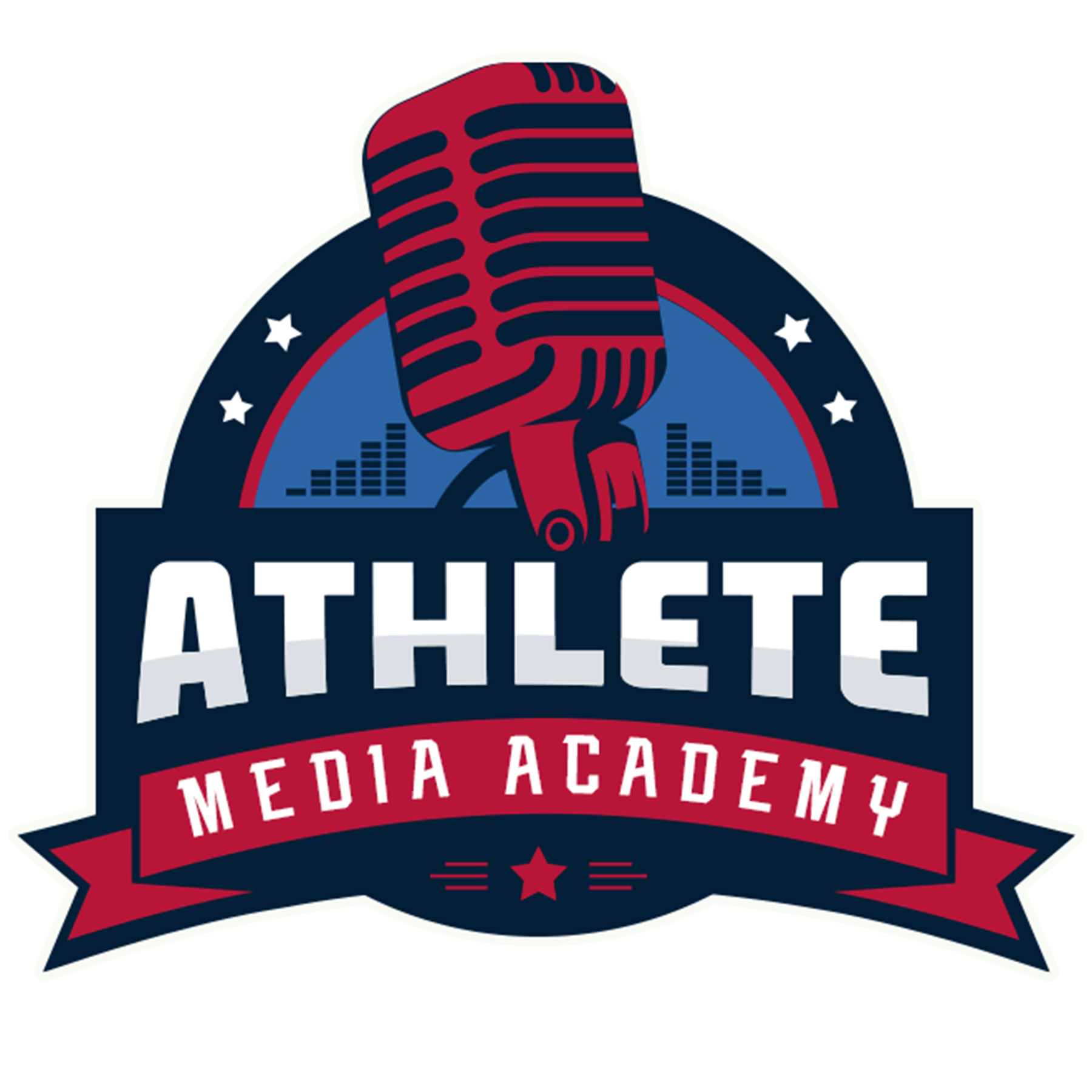Lesson 7: Turning Negative Press into Positive Opportunities
Lesson Overview
Negative press can be damaging, but it also presents an opportunity for athletes to reshape their narrative, demonstrate resilience, and strengthen their brand. Instead of letting negative coverage define them, athletes can proactively turn challenges into opportunities for growth, engagement, and public trust-building. This lesson explores how athletes can strategically navigate negative press to reinforce a positive image.
Learning Objectives
By the end of this lesson, athletes will be able to:
✅ Identify strategies to reframe negative press into a positive narrative.
✅ Understand the role of media engagement in damage control and brand rebuilding.
✅ Develop key messaging that reinforces personal and professional growth.
✅ Use public relations and media opportunities to control their own story.
Section 1: Understanding the Impact of Negative Press
Negative press can influence public perception, sponsorship opportunities, and career trajectories. However, strategic responses can mitigate damage and even strengthen an athlete’s reputation.
✔️ Public Perception: Negative stories can shape how fans, sponsors, and organizations view an athlete.
✔️ Sponsor & Endorsement Risks: Companies may reevaluate partnerships based on an athlete’s media presence.
✔️ Emotional & Mental Toll: Facing criticism can be stressful and impact performance.
✔️ Long-Term Branding Effects: A poorly handled media crisis can define an athlete’s legacy.
🔹 Discussion: Can you think of an athlete who successfully turned negative press into a positive story? What did they do?
Section 2: Strategies for Turning Negative Press into Positive Opportunities
✔️ Own the Narrative: Instead of ignoring the issue, acknowledge it and provide a constructive response.
✔️ Highlight Growth & Lessons Learned: Turn mistakes into teachable moments that show maturity and accountability.
✔️ Engage in Positive Media Appearances: Proactively participate in interviews, public appearances, and community service efforts.
✔️ Strengthen Community & Fan Engagement: Connect with fans directly to reinforce authenticity and transparency.
✔️ Align with a Cause: Partnering with organizations, charities, or social initiatives can help shift focus toward positive contributions.
🔹 Activity: Athletes develop a mock response plan for a hypothetical negative press situation, focusing on key messaging and positive repositioning.
Section 3: Effective Media & Public Relations Strategies
✔️ Utilize Social Media Wisely: Address concerns thoughtfully and redirect attention to positive efforts.
✔️ Work with PR Professionals: A well-crafted statement from a media expert can help reshape the narrative.
✔️ Engage in Long-Form Storytelling: Share personal stories through blogs, interviews, and social media posts to provide deeper context.
✔️ Leverage Support Networks: Coaches, teammates, and mentors can publicly reinforce an athlete’s character and contributions.
✔️ Plan for the Future: Develop a long-term PR strategy that continuously reinforces the athlete’s positive impact.
🔹 Exercise: Athletes outline a personal PR strategy designed to strengthen their image over time.
Final Takeaways & Next Steps
✔️ Final Activity: Athletes craft and present a public statement addressing a crisis while turning it into a growth opportunity.
✔️ Key Takeaway: When managed effectively, negative press can become a platform for rebuilding credibility and demonstrating leadership.
✅ Next Steps:
- Identify three ways to reinforce a positive brand image after a media challenge.
- Develop a set of talking points to use when addressing the media in tough situations.
- Study past examples of athletes who have successfully shifted negative press into positive outcomes.

